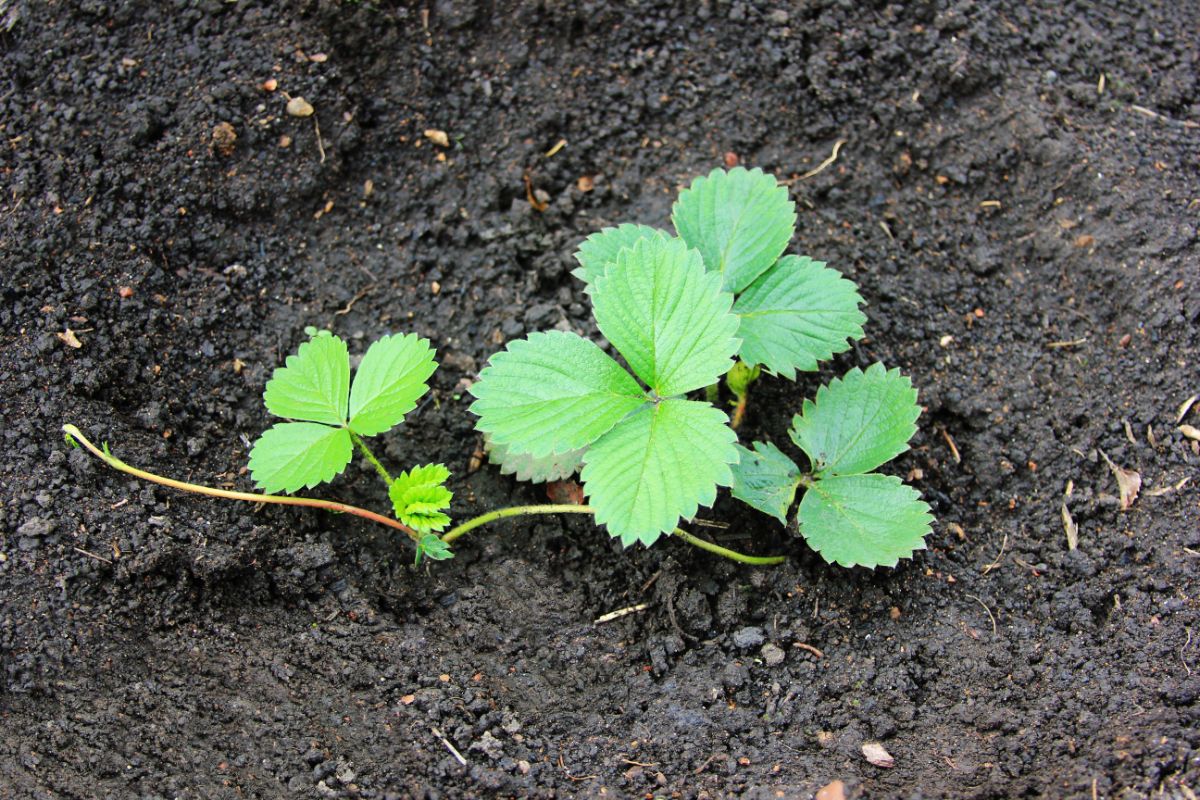Strawberry bushes are a unique and often overlooked shrub that can add visual interest and tasty fruits to landscapes. But what exactly does a strawberry bush look like? Let’s take a closer look at the appearance growth habits and care for this underappreciated plant.
An Overview of Strawberry Bushes
Strawberry bush, also known as hearts-a-bustin, is a deciduous shrub native to North America The botanical name for strawberry bush is Euonymus americanus This shrub can grow 6-12 feet tall and wide, with an upright, arching form.
Strawberry bushes are adaptable plants that can grow in full sun to partial shade They thrive in moist, well-draining soils Once established, strawberry bushes are drought and pest tolerant. These shrubs flower in spring with small greenish blooms, followed by the development of the intriguing fruit capsules.
Leaves and Stems
The leaves of the strawberry bush are simple, oppositely arranged, and have a lanceolate or oval shape. The leaf edges are finely serrated. Leaves emerge reddish-purple in spring, mature to green in summer, and turn bright red in fall before dropping.
The stems are slender and green, with a zig-zag branching pattern. As the shrub matures, the stems may take on a reddish cast.
Flowers and Fruits
Strawberry bush flowers are small and inconspicuous, with a greenish-yellow color. The flowers appear in spring and give way to the development of the strawberry bush’s signature fruits.
The fruits emerge as green, warty capsules approximately 1 inch long. As the capsules ripen in late summer, they turn bright pinkish-red. When fully ripe in fall, the capsules split open to reveal scarlet-red, berry-like seeds. These fruits resemble strawberries or raspberries, giving rise to the common name.
The pinkish-red fruit capsules of the strawberry bush split open to reveal red seeds.
The striking fruits persist into winter, providing unique interest to the winter garden. Birds will also feast on the seeds well into the colder months.
Growing Conditions
Strawberry bushes thrive in moist, well-draining loamy soil that is slightly acidic to neutral. They can tolerate full sun but prefer partial shade, especially in hotter climates. Established bushes are moderately drought tolerant.
These shrubs perform well in USDA Hardiness Zones 4-9. They can adapt to a range of climates but may struggle with excessive summer heat. Strawberry bushes also have moderate salt tolerance, making them a good option for coastal areas.
Care and Maintenance
Caring for strawberry bushes is relatively low maintenance once established. Here are some tips:
- Provide supplemental water during drought, especially when plants are young
- Mulch around the base to retain soil moisture and suppress weeds
- Prune immediately after flowering to shape and maintain an open, arched form
- Remove dead or damaged stems as needed
- Fertilize in early spring with a balanced organic fertilizer
- Monitor for common issues like powdery mildew, scale, and leaf spot
How to Propagate Strawberry Bushes
Strawberry bushes can be propagated by seed, cuttings, division, or layering:
-
Seeds: Allow fruit capsules to dry on the plant. Remove seeds and cold stratify before sowing. Germination rates are often low.
-
Cuttings: Take 6 inch tip cuttings in summer. Dip in rooting hormone and place in moist potting mix. Maintain warmth and high humidity.
-
Division: Dig up the shrub and divide the root ball in early spring. Replant divisions.
-
Layering: Pin low-growing stems to the ground. They will root at the contact points to create new plants. Sever after roots establish.
Designing With Strawberry Bushes
Thanks to their multi-season interest, adaptable nature, and low-maintenance care, strawberry bushes deserve a spot in more landscapes. Here are some tips:
- Use as an ornamental flowering shrub mixed with perennials
- Plant as an informal flowering hedge or screen
- Feature the fall fruits and winter structure in native gardens
- Allow natural spreading through division to create colonies
- Mass in groups of 3-5 for maximum impact
- Mix with other berries like blueberry or viburnum
The strawberry bush may not be the most popular landscape plant, but it certainly earns its place thanks to the unique fruits. This native North American shrub is easy-going, provides multi-season interest, and gives the garden a dose of wildlife appeal.
So next time you’re planning a new garden bed or shrub border, consider giving the underrated strawberry bush a spot. Once established, this carefree woody plant will offer its charming blossoms and blushing fruits for many years to come.

Question: What Do Young Strawberry Plants Look Like?

J fox asked:
I have a few strawberry plants that have sent out some runners but the new plants don’t look much like the mothers? is this normal? should I remove the new plants? will they look more “normal” later?
5 Winter Strawberry Do Nots – Garden Quickie Episode 28
FAQ
How big does a strawberry bush get?
A strawberry bush (Euonymus americanus) typically grows to be 6 to 12 feet tall and wide. However, when cultivated in a home landscape, it often reaches a more manageable size of 4 to 6 feet tall and wide.
How does a strawberry bush look?
During spring and summer, the shrub is cloaked in brown, lance-shaped, serrated leaves displayed on green stems and branches. The seeds are borne in 1-inch, warty capsules that typically contain four to five berries. As summer progresses, the green capsules grow and eventually turn pinkish red.
What does a wild strawberry bush look like?
Its common name derives from the showy warty capsules that split open to reveal red-orange seeds in the fall. Spring flowers are small and non-showy but fall leaf color is a showy red. It has a sprawling form when young but matures to a more upright growth pattern.
Can you eat strawberry bush fruit?
Many authorities report that the fruit and bark of the Strawberry-bush and its relatives contain glycosides that cause severe diarrhea in humans; when ingested the berries may also affect the heart, possibly causing cardiac arrest, and are especially dangerous for kids.
